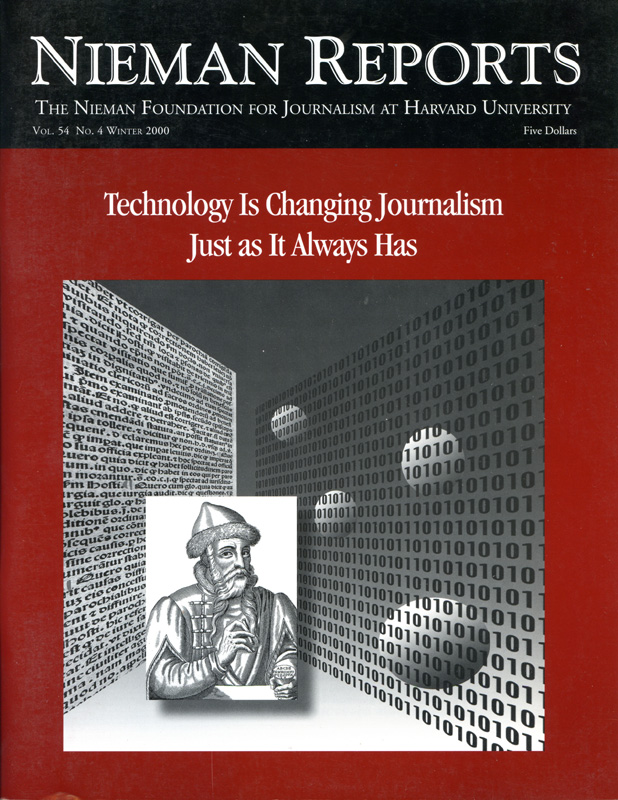John Maxwell Hamilton, a veteran correspondent and now dean of the Manship School of Mass Communication at Louisiana State University, recently traveled to the former Soviet republic of Georgia to train journalists. He writes about how difficult it is for independent media to survive financially and describes a proposal for government financing, a heretical notion to Americans but an idea not rejected out of hand by those in this new democracy. Hamilton urges journalists to be patient instead of agreeing to be subsidized by government funds.
Michael Elkin, a writer living in Spain, uses the issue of whether all classes in Catalonia will be taught in the region’s native language to highlight the ways in which political leanings of newspapers shape their news coverage. “This can make it difficult to tell where the op-eds end and more objective reporting begins,” Elkin writes.
Michael Elkin, a writer living in Spain, uses the issue of whether all classes in Catalonia will be taught in the region’s native language to highlight the ways in which political leanings of newspapers shape their news coverage. “This can make it difficult to tell where the op-eds end and more objective reporting begins,” Elkin writes.



